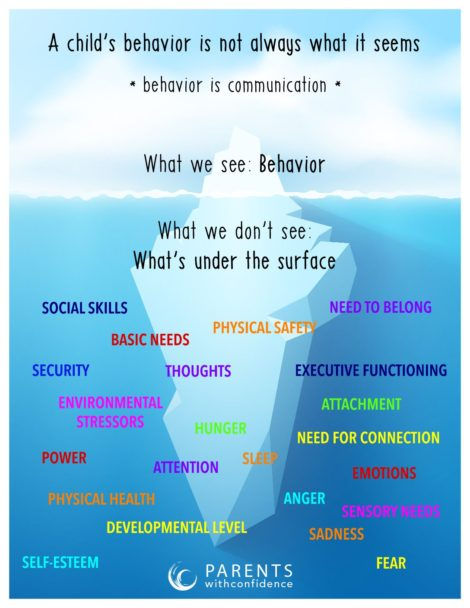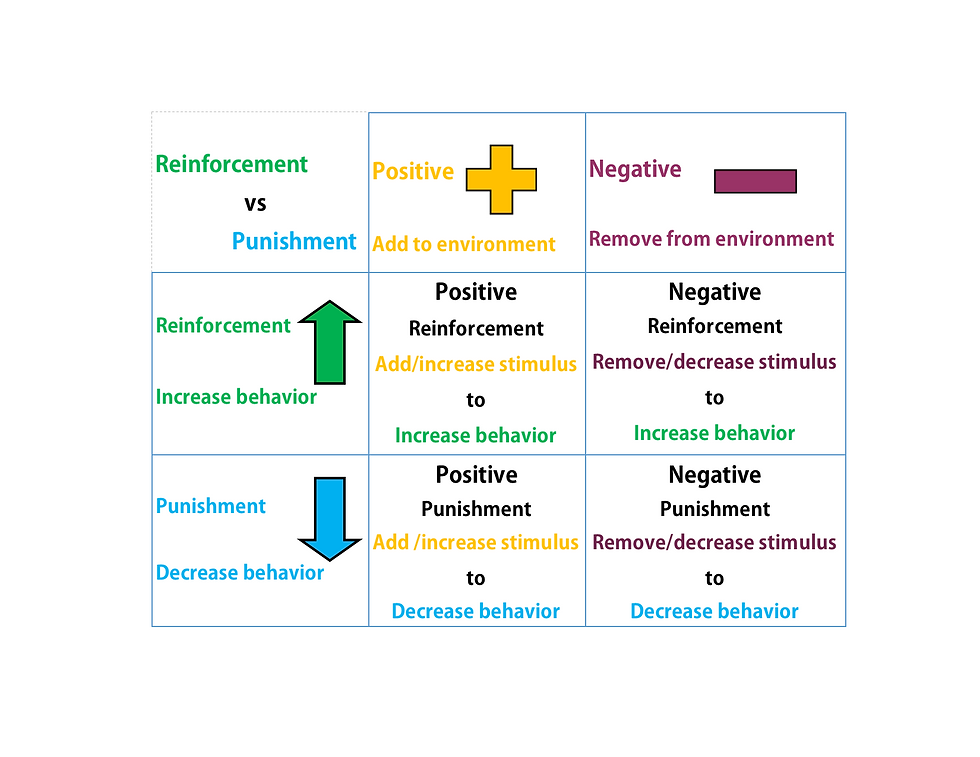Discrete Trial Training
- Kelly Minor

- Apr 15, 2020
- 2 min read
Updated: Apr 27, 2020

Discrete trial training (DTT) is a method of teaching in which the instructor (teacher/parent) teaches a new skill by breaking down the new skill into smaller, easier components in a small group or 1:1. Teaching these smaller, easier components in repeated practice trials will help with mastering the new skill. This teaching technique is beneficial for academic, social, motor, and behavior goals.
When starting a new skill ask yourself what prerequisites are needed for this skill and does my child have those prerequisite skills. Also, when the skill is broken down is it small enough so the child is successful and large enough to move forward.
Determine what skill to teach:
Academic-
· Shape recognition
· Color recognition
· Letter recognition
· Sound recognition
· Sight words
· Vocabulary words
· Number recognition
· Addition/subtraction/multiplication/division
Next, get all materials together that will be used during DTT and make sure the teaching environment is free of distractions or clutter. Then, decide what data collection method you will use. A check list would work just fine, keeping track of correct and incorrect answers. Along with our data collection procedure, decide what the mastery criteria will be and how many trials will be conducted. The mastery criteria is how many times would the child need to independently respond correctly to the teachers instructions.
As I discussed in the post on errorless teaching, identify the prompt level needed to ensure success. Keep track of prompt given on each trial to determine if the child needs the least invasive (more independent) or most invasive (less independent) prompting on the next trials.
Physical- the child is cued by moving part of the child's body.
Modeling- correct response is demonstrated by teacher/parent.
Verbal- vocal cue that could be a phrase, word, or syllable.
Visual- picture, text, or positional cue.
Gestural- nonverbal cue such as pointing.
Independently- no assistance needed.
Now DTT can begin --->Start with getting the child's attention and then the clear instruction relevant to the task "What letter", "What color", "Which one is a square", or "What is 5 x 5" with flashcards or objects. --->Next, the child's response to the instruction given.
--->Last is the consequence, which is the teachers reaction to the child's response, if incorrect give prompt and repeat or if correct reinforce.
**Before each trial clear the teaching area by removing the last trials flashcards or objects.


Comments